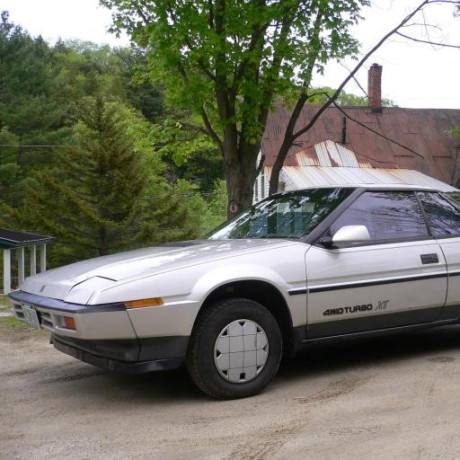Enabling Beta Support for LoRaWAN
Executive summary
We have enabled LoRaWAN support on the Helium network. This has not been without compromises but we feel we have found a solution that should work for the vast majority of existing LoRaWAN devices.
The Helium Console has been updated with support for generating LoRaWAN AppEUIs and AppKeys that can be provisioned to existing LoRaWAN devices. We have decided to use the 7th bank of 8 channels in the US902-928 LoRaWAN regional parameters. The specific channel frequencies are (in mHz) 911.9, 912.1, 912.3, 912.5, 912.7, 912.9, 913.1, 913.3. These channels are 125kHz wide and use 4/5 coding. Devices that support enabling an 8 channel sub bank of the defined 64 default channels should use that option, devices which join across all 64 channels must wait to hit one of the enabled channels. A subsequent ADR adjustment will be sent after joining.
We are currently targeting class A devices and the LoRaWAN 1.0.2 spec. We will work on adding support for class C devices and 1.0.3 and 1.1 features that make sense in the future.
Details
LoRaWAN is more like layer 3 and Helium needs more of a layer 2 protocol, which means that we've had to bend the rules of LoRaWAN a bit. Speficially we abuse the DeviceID issued to joining devices to be a routing identifier rather than a unique device ID and instead on the destination router we brute-force the Message Integrity Check to discover what device actually sent the packet. This is similar to something the Things Network does, but it does introduce some ambiguity about packet provenence while the packet is in transit. We hope to address some of these shortcomings in the future with a LoRaWAN extension that compliant devices will be able to use to improve the packet handoff between Helium Hotspots and Routers.
Unfortunately, due to the frequency changes required to be LoRaWAN compatible, we will be breaking compatibility with any active LongFi devices. Simply changing the frequencies used will be sufficient but we don't currently expect to be able to dedicate more time to LongFi support as we have decided to focus on providing seamless LoRaWAN support to take advantage of the large number of devices with difficult, or impossible to change LoRaWAN stacks.

